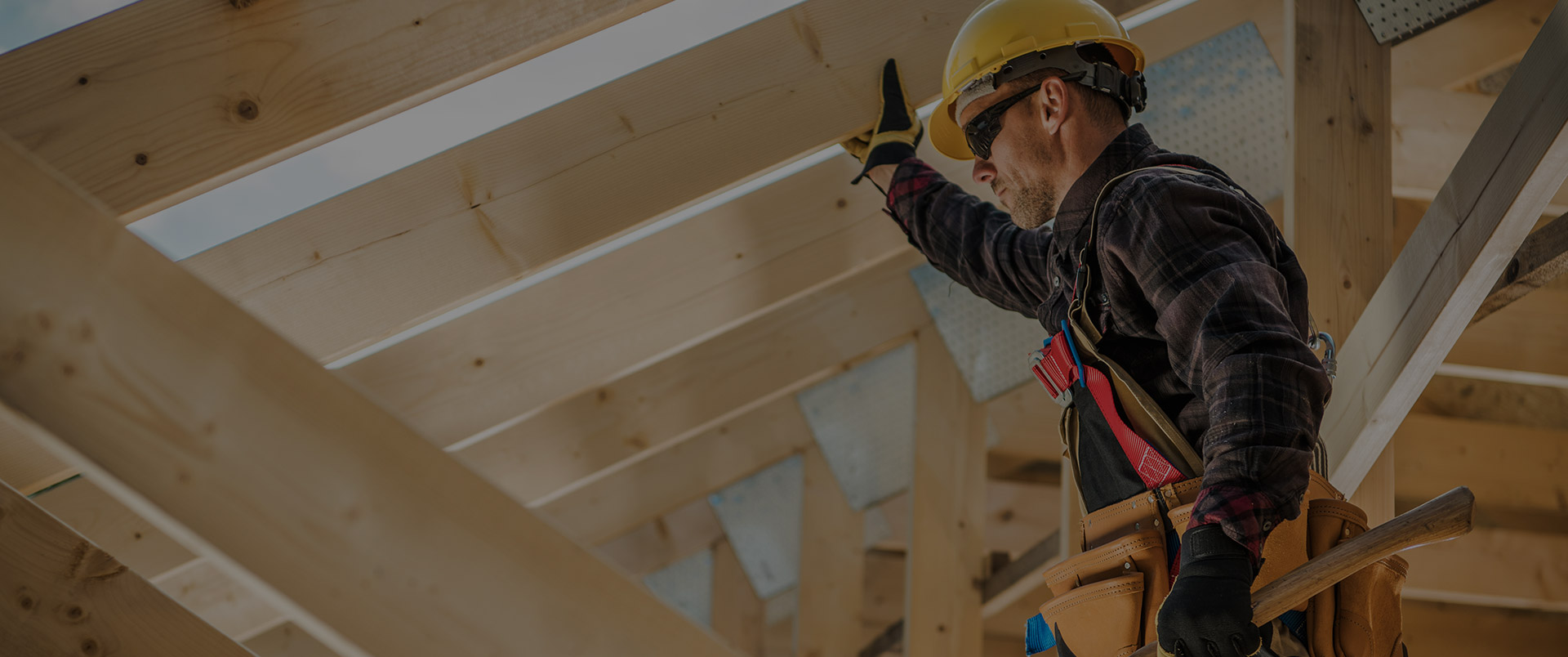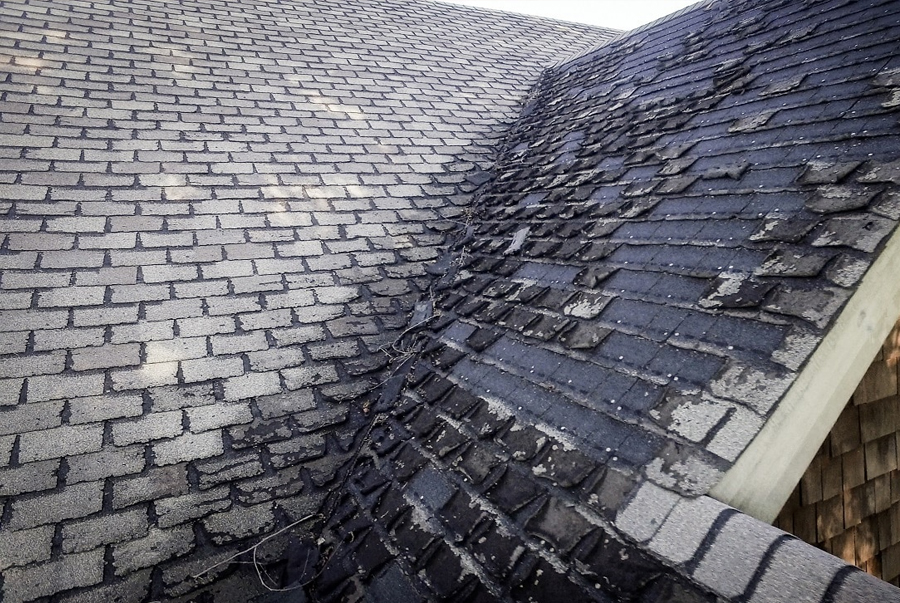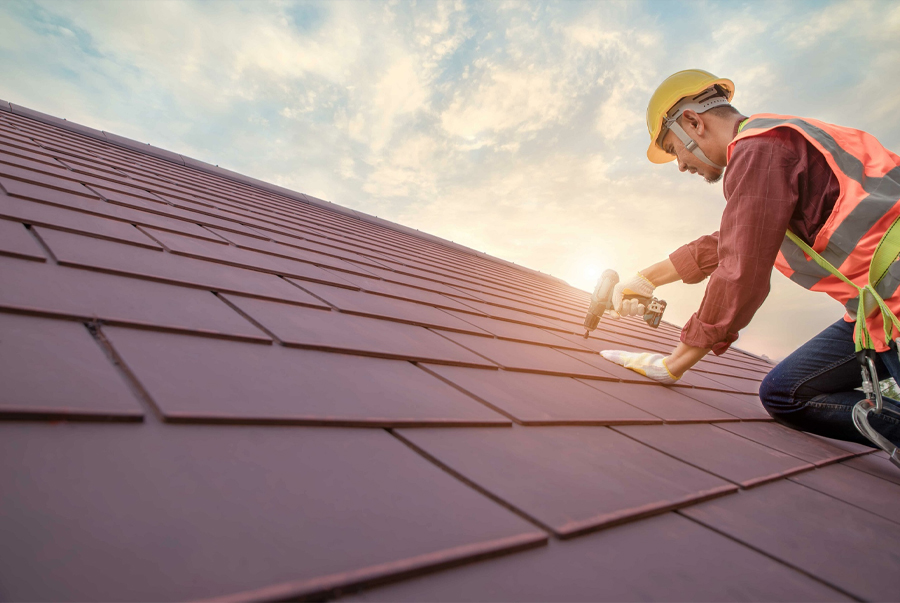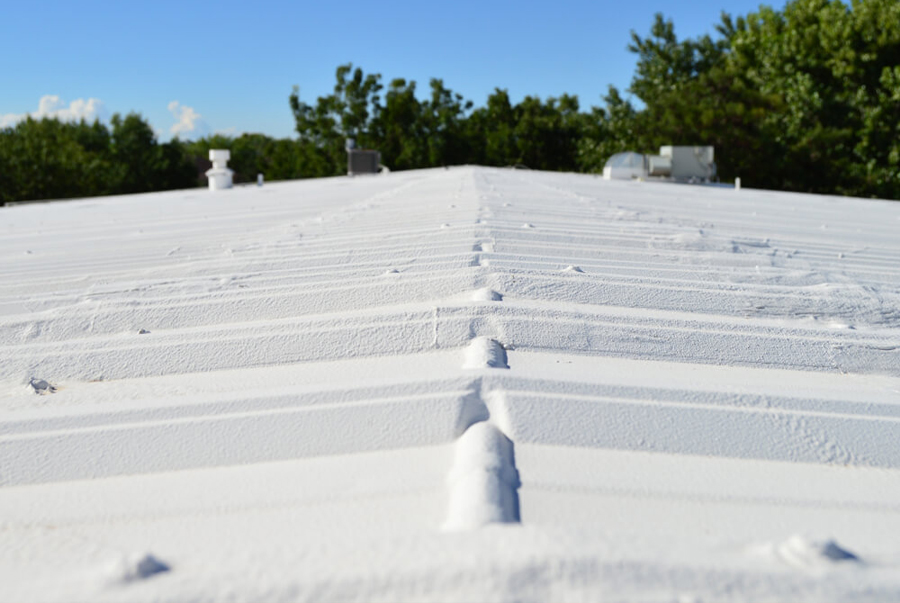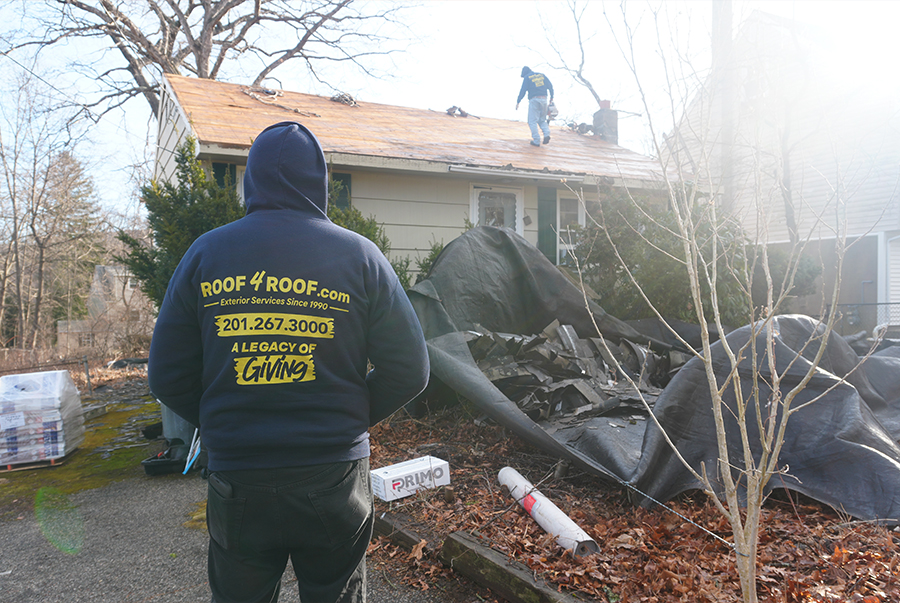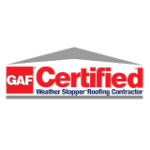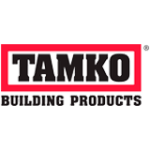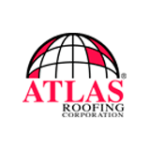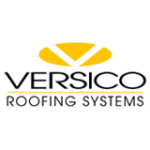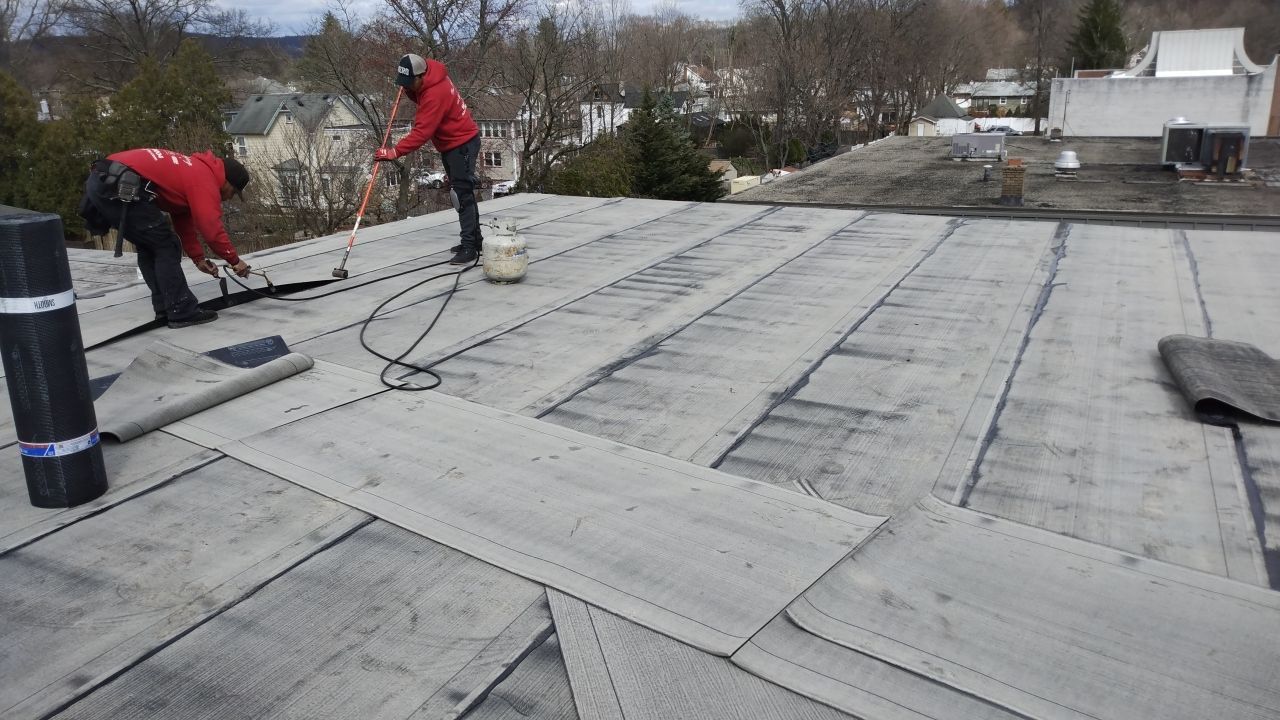
The 4 Best Materials for a Flat Roof
Selecting the appropriate material for your flat roof replacement is a crucial decision that requires careful consideration. It is imperative to ensure that you make the right choice, given the significance of this decision.
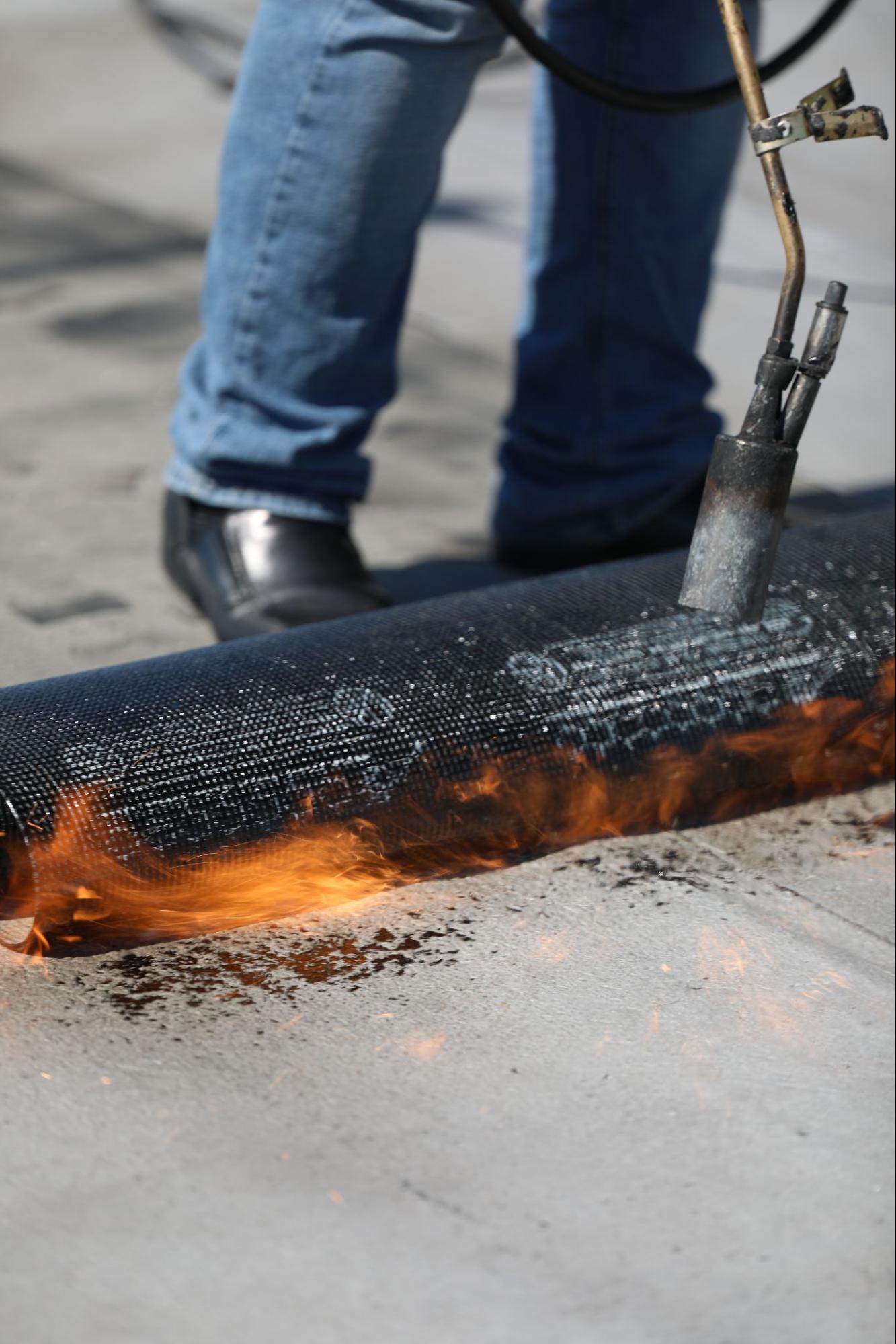
To make an informed decision, you must be aware of the best materials for a flat roof. Although there are several options available, four flat roofing materials stand out from the rest.
When it comes to flat roof replacement, there are a variety of materials to choose from. Let’s take a closer look at some of the most popular options.
Flat roofs are a popular roofing option among commercial and industrial building owners, but their lack of sloping often makes them more susceptible to leaks and damages. Therefore, it’s crucial to replace the existing flat roof with a durable, long-lasting material that can withstand the harsh weather conditions of New Jersey’s climate and natural disasters.
There are several options available for flat roof materials, but the most popular ones are EPDM, TPO, metal roofs, and PVC roofing membranes. In this article, we will delve deeper into each one of these materials and help readers understand which material would be the most suitable for their specific roofing needs.
EPDM Roofing Membrane
EPDM, also known as Ethylene Propylene Diene Monomer, is a durable, weather-resistant roofing membrane. It’s a synthetic rubber material that’s commonly used for flat roofs, and it can last for up to 30 years. It’s a popular choice in New Jersey as it can withstand severe weather conditions, such as heavy snow and strong winds. EPDM also has excellent resistance to UV rays, which can help protect the building from solar damage and reduce energy costs.
EPDM is easy to install and repair, and it’s ideal for buildings with low-slope roofs. It’s also a great option for those looking for an economical roofing solution as it’s one of the most affordable options available. This roofing material is also eco-friendly, making it an excellent option for environmentally conscious building owners.
TPO Roofing Membrane
TPO, or Thermoplastic Olefin, is a single-ply roofing membrane made of a blend of rubber and plastic. It’s a newer roofing material that’s gained popularity in recent years due to its durability and energy efficiency. TPO is also one of the most affordable roofing options available, making it an attractive option for budget-minded building owners.
TPO offers excellent resistance to weather conditions, UV rays, and chemicals. It’s ideal for buildings located in areas with high UV exposure, such as New Jersey, as it can withstand prolonged exposure to the sun without breaking down. TPO also offers excellent energy efficiency, as it reflects a significant amount of sunlight, reducing the amount of energy required to cool the building.
Metal Roofs
Metal roofs have been used for commercial buildings for decades, and they offer excellent durability and longevity. They are also energy efficient and offer natural insulation, reducing the amount of energy required to cool the building. Metal roofs are ideal for buildings in areas with high snowfall, as they shed snow easily, reducing the risk of roof damage.
Metal roofs come in many different materials, including steel, aluminum, and copper. Each material offers different levels of durability, longevity, and cost. Steel is the most affordable option, but it’s also the heaviest and prone to rust. Aluminum is more expensive than steel, but it’s lightweight, corrosion-resistant, and easy to work with. Copper is the most expensive option, but it’s also the most durable, long-lasting, and attractive option available.
PVC Roofing Membrane
PVC, or Polyvinyl Chloride, is a single-ply, thermoplastic roofing membrane. It’s one of the most durable and long-lasting roofing materials available, with a lifespan of up to 50 years. PVC is also highly resistant to weather, chemicals, and UV rays, making it an ideal option for buildings located in areas with high exposure to sun and chemicals.
PVC is also highly energy efficient, reflecting sunlight and reducing the amount of energy required to cool the building. It’s also recyclable, making it an environmentally friendly option for those looking for a sustainable roofing solution.
If you’re looking for a high-quality flat roof replacement material, contact our roofing experts today to receive a free consultation.

Choosing the Right Material for Your Flat Roof
When selecting a roofing material for your flat roof, it’s essential to consider the specific benefits each material offers. For example, if you’re located in an area with high exposure to chemicals, PVC might be the best option for you. If you’re looking for an economical option, EPDM or TPO might be the best option.
It’s also important to consider the roofing contractor’s experience and expertise when selecting a roofing material. Make sure to choose a reputable roofing contractor with experience installing flat roofs and working with the materials you’re considering.
In conclusion, EPDM, TPO, metal roofs, and PVC roofing membranes are all excellent options for flat roofs. Each material offers different levels of durability, longevity, and cost, and it’s essential to consider the specific benefits each material offers when selecting a roofing material.
Building owners in New Jersey should also consider the specific weather conditions and natural disasters in their area when selecting a roofing material. A reputable roofing contractor with experience working in the area can provide valuable insight and guidance in selecting the right material for your flat roof.
Don’t let a damaged flat roof put your business at risk – contact us today to schedule a roofing inspection and ensure your building is protected.



